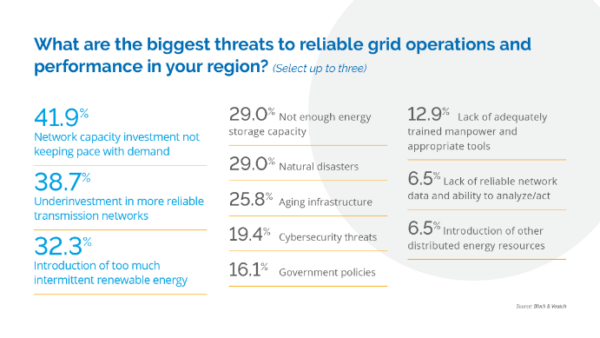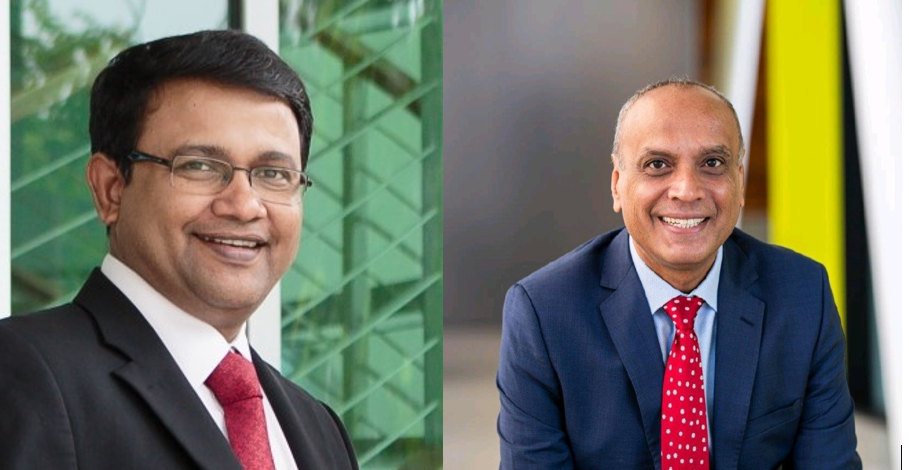Southeast Asia nations are moving ahead with strategies to balance their demand for increased baseload power with the need to decarbonize and integrate renewable energy into the power generation mix.
The Philippines has conducted the opening of applications for renewable energy projects under the third Open and Competitive Selection Process (OCSP3) which allows for 100 percent foreign participation in large-scale geothermal exploration, development, and utilization projects.
Indonesia plans to increase the portion of new and renewable energy (EBT)-based power plants from 30 percent to 48 percent or 19,899 megawatts (MW), according to the draft electric power supply business plan (RUPTL) of the state electricity company (PLN) for 2021-2030.
Singapore has deployed its first utility-scale Energy Storage System (ESS), with a capacity of 2.4 MW/2.4 megawatt-hours (MWh), at a substation. The ESS will participate in the wholesale electricity market to provide services necessary to mitigate intermittency caused by solar, as well as reduce peak demand.
State of the industry
According to Black & Veatch’s Strategic Directions: Electric Industry Asia 2021 report, the most significant investment growth in new capacity over the next three to five years is expected in renewable energy. Solar (land), energy storage, solar (floating), wind (offshore), and microgrids represent the top five categories.
The report points to a need to balance affordability and pressure to decarbonize power generation while integrating reliable and resilient systems to cope with natural disasters, extreme weather events, and the intermittency of renewable energy.
Underinvestment in more reliable transmission networks was identified as one of the key threats to reliable grid operations and performance across Asian electricity markets (see the figure below).

The industry expects more near-term investments reprioritized to existing assets compared to new builds or even investment deferment.
The pandemic could serve as an important inflection point that spurs greater digitization, remote diagnostics and monitoring, and more efficient asset management practices as a whole.
Integrated power infrastructure
To accommodate new capacity from renewable energy, the region will need more integrated power solutions.
From a power transmission perspective, one viable solution will be to deploy advanced system control devices, such as Flexible Alternating Current Transmission Systems (FACTS), which can enable re-routing of power flow from congested parts of the grid to less congested portions. In addition, transmission technologies with greater situational awareness of local weather conditions, such as Dynamic Line Ratings, can provide near real-time updates on the available capacity of critical bulk power pathways. Advanced transmission line designs, such as Breakthrough Overhead Line Design ® (BOLD), can also promote efficient interconnection.
Multiple moving parts in a regional energy transition will increase grid management complexities. Hence, adopting digital transformation strategies that address core challenges of grid stabilization, peak load management, system flexibility and reliability in a holistic manner will be critical to balance changing consumer expectations, unpredictable load patterns, and increasing use of Distributed Energy Resources (DERs). Common examples of DERs include rooftop solar installations and energy storage systems. The progress of Southeast Asia’s energy transition will be influenced by the speed and scale of digitalization.
Digital applications can optimize the impact of individual technologies to enhance grid performance. For example, with wind and sunlight as variable factors affecting power generation production, sensors and smart grids help operators ensure renewable energy plants perform to their optimal potential.
Operationally, the development and adoption of predictive asset maintenance systems promise the monitoring of equipment performance in real-time, enabling better forecasting and optimization of maintenance schedules. Achieving such advances will help mitigate costly outages and other equipment failures across entire systems and extend the equipment lifecycles. Further still, the development of prescriptive analytics will enable autonomous management, where machines act on the information the artificial intelligence (AI) has extracted, offering even further operational savings long term.
Such plant-focused digitalization rolls up to asset performance management (APM) solutions in which the health, performance and optimization of multiple generation, transmission or distribution assets can be managed. The APM approach will minimize failures and improve the operational efficiency of power facilities, ultimately reducing the cost of energy production over time.
Digitization will also enable the holistic management of DERs across different capacities and installations.
Digitalization can also benefit project bankability. Digitizing power assets will make it easier for investors to assess the planning, returns, and risk allocation of projects. Data analytics across complex grids will provide insights that will help investors visualize risks, such as grid stabilization, peak load management, resiliency, and reliability, across many inter-dependent factors that determine financial success. Digitizing power systems will support investments in decarbonized grids and enable a more efficient and flexible grid operation. This will, in turn, reduce the cost to investors, operators, and ultimately consumers.
Next steps
To achieve its sustainability targets, Southeast Asia will require integrated strategy and execution across generation, transmission and distribution, as well as planning that balances both capital and operational expenditures.
The regional power industry will need partners who can merge data analytics with engineering expertise to deliver timely and actionable insights that realize the full potential of assets and facilities. The partners will need to be familiar with every aspect of the lifecycle of generation, transmission and distribution assets. They will also need to be experts in integrating these assets to create a stable, efficiently functioning whole. Partners who offer holistic infrastructure consulting capabilities will be able to advise how a change in one piece of the business can impact assets, costs, technologies, the workforce, and customers.
Narsingh Chaudhary is Black & Veatch’s Executive Vice President & Managing Director, Asia Power Business. Harry Harji is Associate Vice President for Black & Veatch’s management consulting business in Asia.
The views and opinions expressed in this article are the author’s own, and do not necessarily reflect those held by pv magazine.
This content is protected by copyright and may not be reused. If you want to cooperate with us and would like to reuse some of our content, please contact: editors@pv-magazine.com.








By submitting this form you agree to pv magazine using your data for the purposes of publishing your comment.
Your personal data will only be disclosed or otherwise transmitted to third parties for the purposes of spam filtering or if this is necessary for technical maintenance of the website. Any other transfer to third parties will not take place unless this is justified on the basis of applicable data protection regulations or if pv magazine is legally obliged to do so.
You may revoke this consent at any time with effect for the future, in which case your personal data will be deleted immediately. Otherwise, your data will be deleted if pv magazine has processed your request or the purpose of data storage is fulfilled.
Further information on data privacy can be found in our Data Protection Policy.